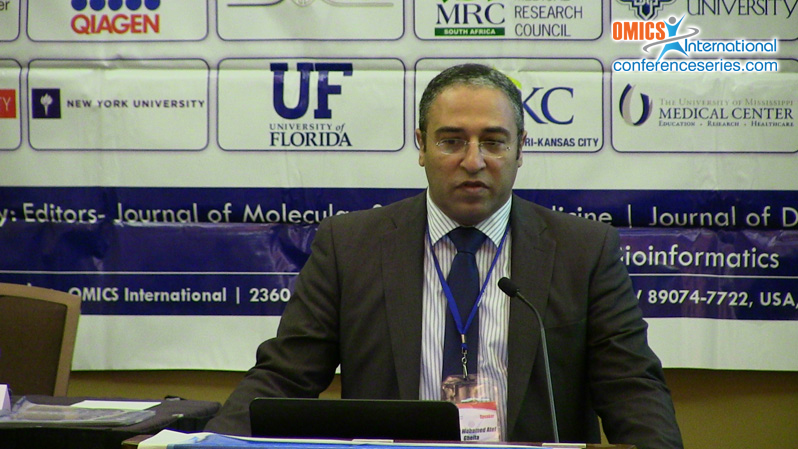
Tamer A Gheita
Cairo University, Egypt
Title: Clinical significance of serum interleukin-23 and A/G gene (rs17375018) polymorphism in Behçets disease: Relation to neuro-Behçet, uveitis and disease activity
Biography
Biography: Tamer A Gheita
Abstract
Objective: Th e aim of this work was to measure the level of serum Interleukin-23 (IL-23) and assess its genotypes in Behçets Disease (BD) patients and to study the clinical signifi cance and relation to disease activity. Patients & Methods: Fift y BD patients and 30 age and sex matched controls were included. Disease activity was assessed using BD Current Activity Form (BDCAF). Serum IL-23 was quantifi ed by ELISA and (rs17375018) genotyping performed by real time PCR-allelic discrimination technique. Results: Th e serum IL-23 level was signifi cantly higher in patients compared to the control (p<0.0001). Th e IL23 genotypes were comparable between patients and control. Genotype in neuro-Behçets patients was AA (5.3%), AG (36.8%) and GG in 57.9% and those without: AA (22.6%), AG (35.5%) and GG (41.9%). Th ose with uveitis had AA (8.3%), AG (33.3%), GG (58.3%) while those without had AA (23.1%), AG (38.5%) and GG (38.5%). Th e IL-23 level according to the three genotypes was insignifi cantly diff erent (p=0.18). Th e BDCAF was signifi cantly lower in those with AA genotype (1.88±1.13) compared to AG (2.06±1.39) and GG (3.17±1.49) (p=0.02). IL23 level signifi cantly correlated with the BDCAF (r=0.62, p<0.0001) and disease duration (r=0.42, p=0.002). Conclusion: Th is is the fi rst study to report the possible role played by IL-23 and its gene polymorphism in neuro-BD and not only uveitis with a signifi cant relation to disease activity, making both potential markers. Larger scale multi-centre longitudinal studies are required to confi rm its role in the pathogenesis of neuro-Behcet’s and its impact on response to therapy.



